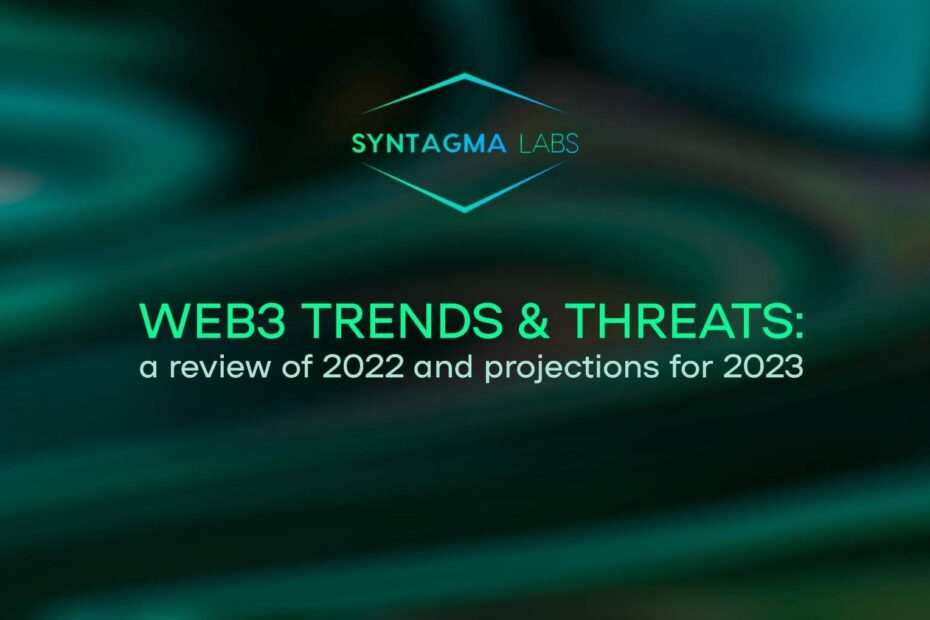There have been numerous publications regarding web3, but much information remains fragmented. In our first article, we will cover an introductory-level overview of the web3 concept, what trends and threats emerged in 2022, and what the 2023 future might look like for the industry.
Written specifically for those who need clarification about modern developments and have no time to follow 100+ Twitter crypto influencers’ accounts.
Triumph of the Internet revolution
This is a tricky word “web3”, isn’t it? It gives you a feeling that you need to be aware of what is happening to avoid falling behind. Well, that could explain the success of the name. Initially, it was introduced in 2014 by Gavin Wood, Ethereum co-founder, and then it drew the attention of other market players, taking over the narrative since 2021. It is a reference to the evolution of the Internet. And it is powerful because of that. It assumes that the new blockchain-based stage is the inevitable future of the virtual space.
According to it, the whole history of the Internet can be divided into three periods. In the early days, the Internet was simply a source of information where website owners published content and users were merely its consumers without any space for influence or contribution. Check the website of an airport in your city and you’ll get an idea. The second phase of Internet development, “web2”, opened up opportunities for more active users’ involvement. Social media, marketplaces, wiki platforms, and content hosting platforms created room for users to exchange their knowledge, skills and… humor (yes, those cat/dog videos you watched today are included).
At that moment, the value of a “web company” came from its content and the user base itself. Instead of focusing on content production, companies devoted their efforts to building user-friendly interfaces and creating incentive mechanisms for active user participation.
Users enjoyed seemingly unlimited chances for self-expression and information exchange. But fundamentally, there was no freedom; all the power and ownership were still associated with the platforms and their management. The users have no leverage over the decisions that the platform makes. Changes in interface design, new ad pop-ups, privacy violations, arbitrary bans of users, and other unfavorable decisions are widespread these days. Not to mention a complete lack of revenue sharing with the user base, even though it is the core value of these platforms. (We don’t list here the company names, you know them already)
All these concerns powered a discussion of alternative infrastructure for web products. With the tools offered by blockchain technology, the Internet is entering a new stage in its evolution called ‘web3’. Built on top of the ideas of web2, it introduces a new concept of decentralized ownership, which is transparent and fair.
Any result of contribution to a given platform or experience becomes a digital good. Minted into NFT, any such digital goods can be easily monetized or, in the most recent trend of cross-platform integrations, even moved outside the platform by the user.
by Polina Vertex, Aleksandra Nik, Michael Sidor
About Syntagma Labs:
Web3 Research & Advisory Laboratories, dedicated to helping startups to shape their vision and prepare for raising investments.
